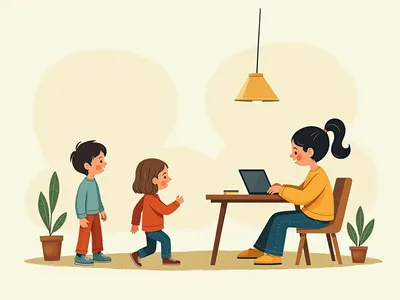
How do bilingual environments affect Spanish vocabulary learning
Bilingual environments can significantly influence Spanish vocabulary learning in various ways, including the use of translation equivalents, parental involvement, and the quality of educational interactions.
Translation Equivalents and Vocabulary Learning
Bilingual children often encounter translation equivalents (TEs)—words that have similar meanings in both languages. Research indicates that knowledge of TEs can enhance vocabulary acquisition. For instance, bilingual children who are aware of a word’s TE are more likely to learn that word in their second language. This effect is particularly pronounced for younger children and for TEs that are phonologically similar across languages 1.
Parental Involvement and Home Language Use
The home environment plays a crucial role in bilingual vocabulary development. Studies show that parental beliefs about dual language development and their language use at home significantly correlate with children’s vocabulary knowledge. For Spanish-speaking families, those who actively engage in using Spanish at home tend to foster better vocabulary outcomes for their children 12. Additionally, children from households supportive of bilingualism often show improved vocabulary skills in both languages, indicating that positive reinforcement from parents can enhance language learning 9.
Quality of Educational Interactions
The quality of interactions between teachers and bilingual students also impacts vocabulary development. Research found that high-quality teacher-child interactions can lead to better vocabulary outcomes for bilingual children, especially when teachers use both English and Spanish effectively in the classroom. In settings where teachers provided emotional support and instructional guidance, children demonstrated higher levels of expressive and receptive vocabulary skills 10, 16.
Moreover, structured interventions like the Sheltered Instruction Observation Protocol (SIOP) have been shown to positively affect Spanish vocabulary learning among native Spanish speakers by providing tailored instructional strategies that cater to bilingual learners’ needs 8.
Conclusion
In summary, bilingual environments foster Spanish vocabulary learning through several mechanisms:
- Translation Equivalents: Facilitating connections between languages.
- Parental Engagement: Encouraging active use of both languages at home.
- Quality Educational Interactions: Enhancing learning experiences through supportive teaching practices.
These factors combined create a rich linguistic environment that supports effective vocabulary acquisition in bilingual children.
References
-
The role of translation equivalents in bilingual word learning.
-
Effects of Total Physical Response on Vocabulary Learning in Urdu-English Deficit Bilingual Children
-
Crafting Lexical Fluency: An Exploration of Vocabulary Learning Methods among English Major Students
-
Impact of Sheltered Instruction Observation Protocol on Students Spanish Vocabulary Development
-
Raising Bilingual Children in Home Environment of Brunei: A Study on Vocabulary Acquisition
-
Study on the Vocabulary of Filipino- English Bilingual Children Outside the School Setting
-
Vocabulary learning in a novel language: is language similarity helpful in bilingual children?
-
Development of self-regulation of bilingual children and the role of teacher-child interactions